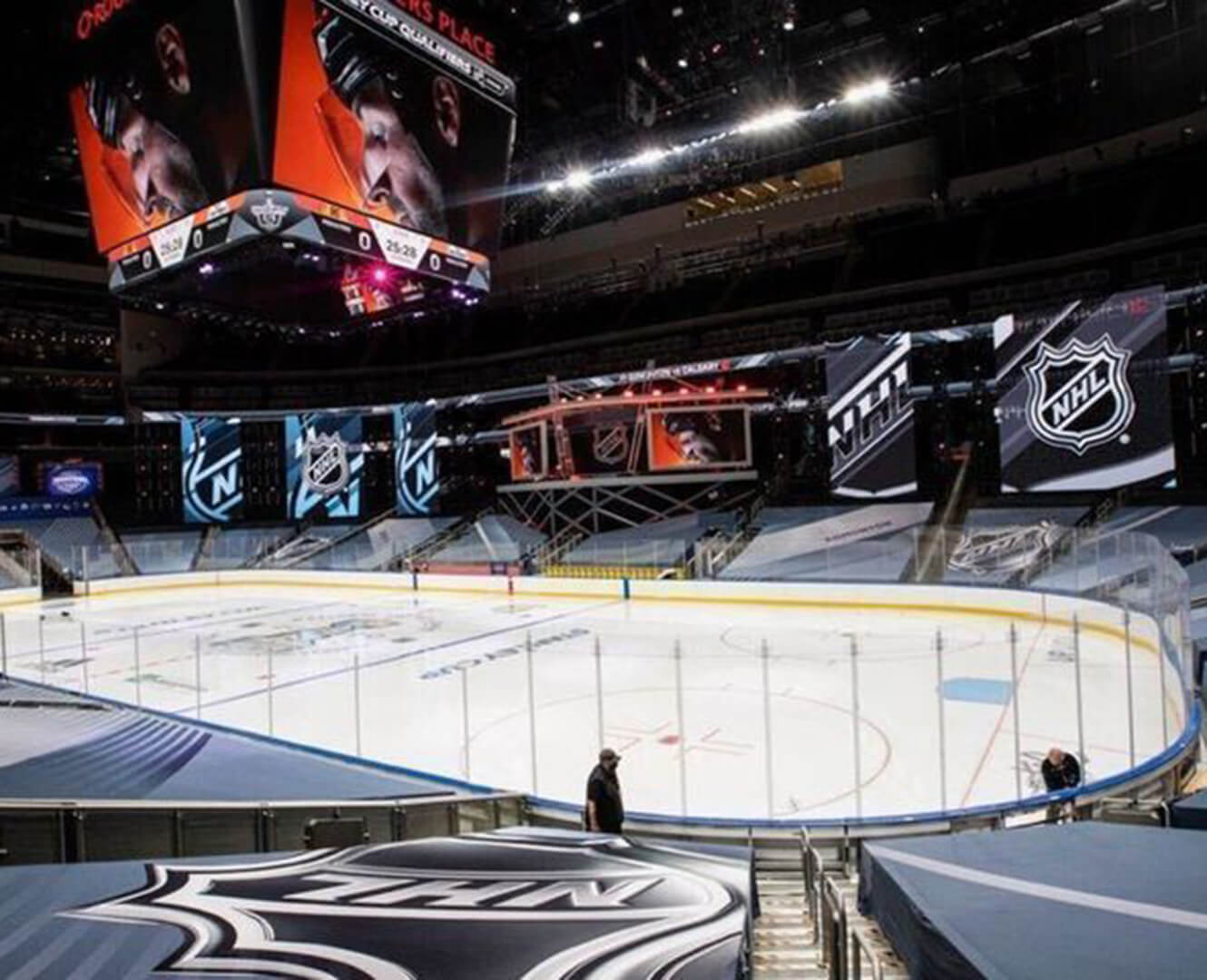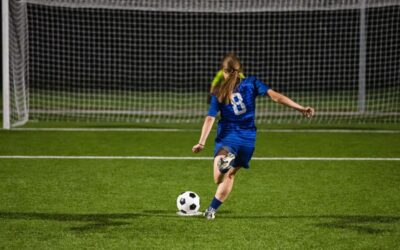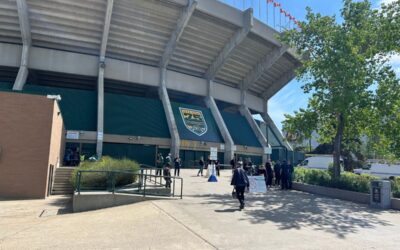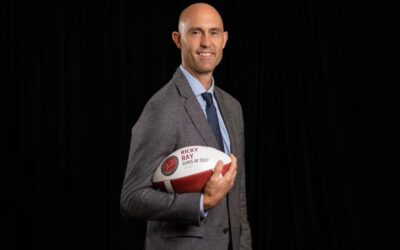It was almost a year ago that the sports world was upended by the coronavirus pandemic and gymnasiums everywhere were closed as a public health measure. What have we learned in this year of social solitude?
The predominant narrative around sports in its isolated state is that money is always the loudest voice in the room.
For professional leagues that have the capital to press on in empty arenas, cashing in on television and pay-per-view deals, the pandemic has mostly appeared as a blip on their radar. There are certain costly parameters for them to operate in, but nothing their astronomical revenues can’t afford.
This, however, is not the case for amateurs and semi-pro leagues that may have been scraping by for years. College sports teams are often department funded, aided by community fundraising. Athletic departments and communities everywhere might just be hurting too.
In the ebbs and flows of the public shutdowns across Canada, non-big-four leagues such as the National Lacrosse League and the Canadian Football League both decided to shut down their 2020 seasons. There have been promises of a return to sport for both in 2021, and the NLL has just announced plans to start their 2021-2022 season in December. Throw it on the pile of high hopes stacked for 2021 already.
For post-secondary level sports, most of which are reliant on fundraising campaigns tied to their attendance numbers and the generosity of alumni, the pandemic has led them to an awkward spot. A year has come and gone without competition, and the infrastructure is going to experience some sputtering getting back up and running.
The recovery of post-secondary sports and the many clubs and high school leagues that feed into them, at present, looks to be a development with all sorts of energy but nowhere to spend it just yet. It’s only been a year, but that’s a long time to sow the seeds of doubt.
The COVID-19 pandemic has been the greatest disruption to the world of sports since the second world war, and the impact of this downtime from sport will surely be seen in the years to come.
Decreased registration in youth sport, dwindling public funds for sports and recreation, and the potential for a ripple-effect on rookie class recruiting at post-secondary schools across the board all figure into what this pandemic will mean to the principality of sport.
What feels particularly pernicious and unfair about the whole ordeal of this pandemic is that there is evidence of our neighbour’s to the south blatantly disregarding the severity of the pandemic, and pressing on with university sport in spite of the growing number of cases and variants of the deadly virus.
There lies the contrariety between what is happening around the world and to the world of sports: around the world, the virus is the level on the playing field, the equalizer between countries that have had to deal with it.
The responses, however, reflect the distinction between those countries that are playing by the rules, shutting down the physical engagements of communal activities, and those countries that are carrying on in the principle of ignoring vigilance to public health. Sports are meant to be fair; life, often quite blatantly, is not fair.
When sports are reintegrated into the normalcy of life after lockdown, the athletes that have been allowed the facilities to train in, the ability to congregate with their teams, and the opportunity to keep their proverbial blades sharp, will undoubtedly come out with a competitive advantage. Herein, the question lies: what will the lockdown impart to the immediate future of sport?
There is a small sample size already of what the pandemic has done in professional sports where parity, longevity, and experience saw LeBron James and the Lakers, and Tom Brady and the Buccaneers capture titles during the pandemic. In amateur sports where parity is almost never maintained for more than a year or two, and longevity is four years with a single team, the parameters for achieving success are much more responsive to great changes in time-off from sport and restrictions on training.
At this one-year mark from the shutdown of amateur sports, there should be more action than words. Amateur sporting organizations need to start rolling out their plans for a soft-roll out of return to play. Colleges and Universities have to begin addressing the impending return to competition. Lower-end professional sports leagues need to decide whether or not their fans can expect the same product they’ve known, or honestly approach the elephant in the room.
Doubt has become a dull, persistent sensation in this past year, it is the time to let hope take its place.





